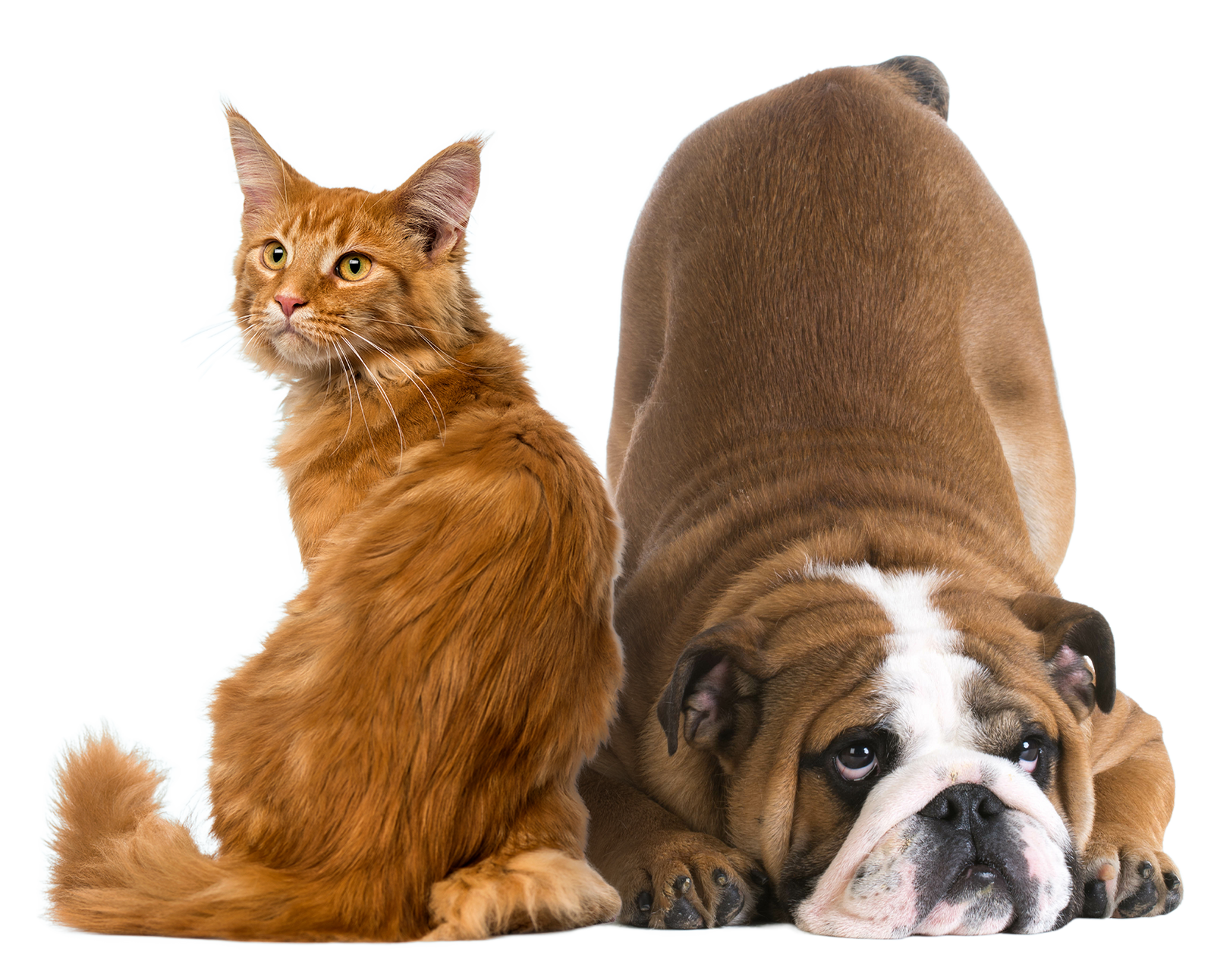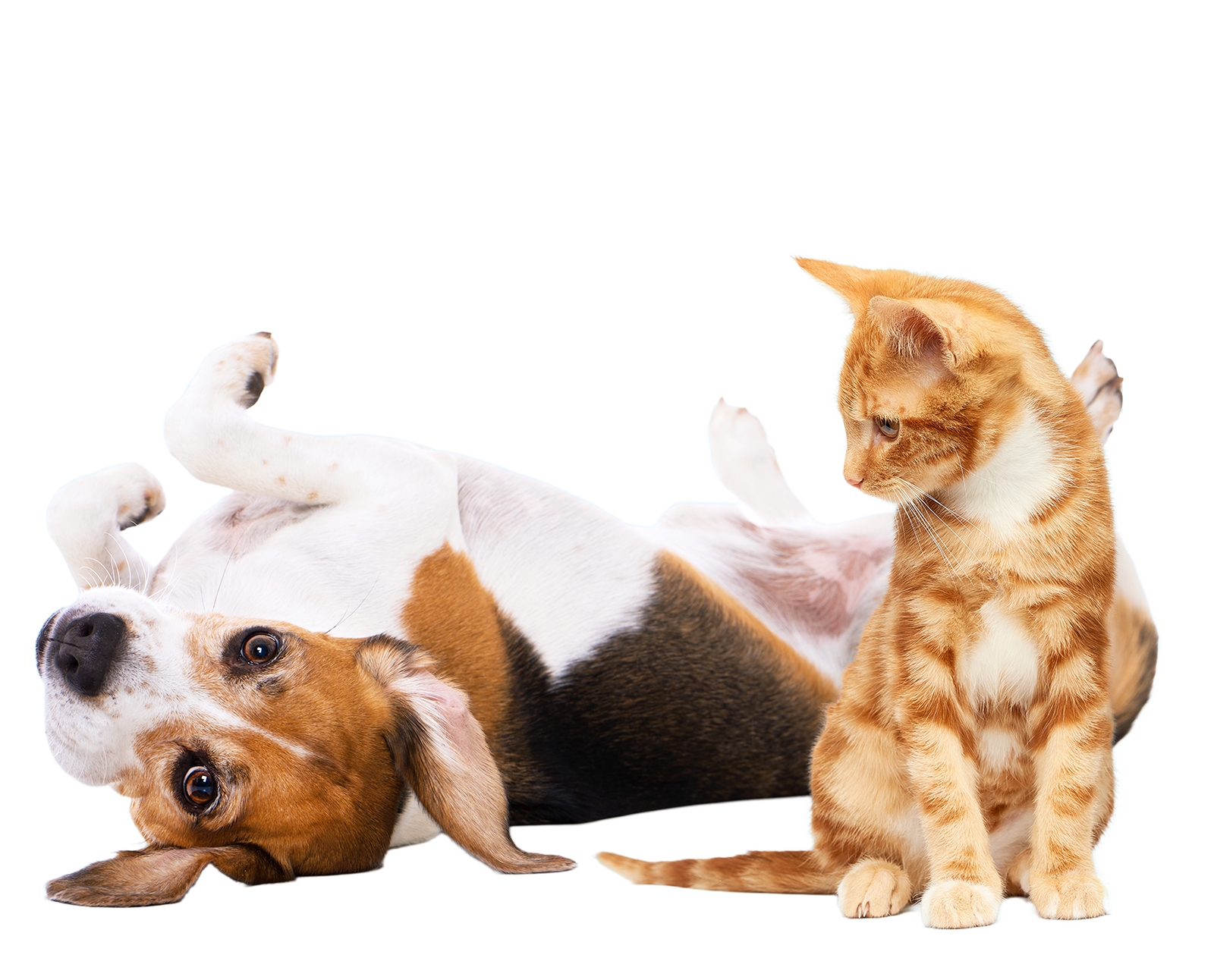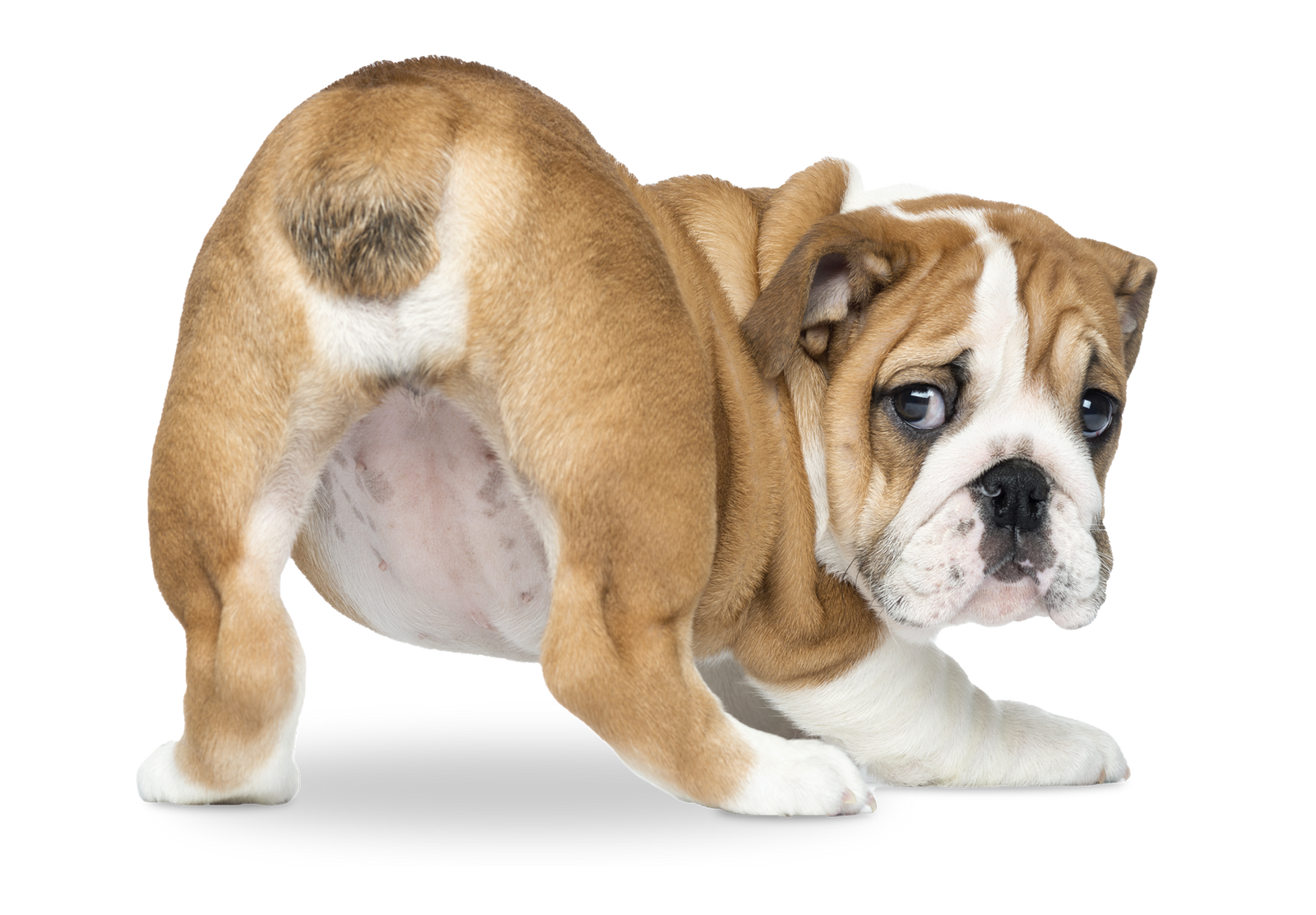Why Do Dogs Scoot Their Butts? | Glandex

Have you ever caught your dog scooting their butt across the floor? It might have looked funny or even cute at one point––but the reason for this silly-looking behavior can actually mean trouble for your pup!
Dog scooting is a common behavior in dogs that most pet parents have seen at some point. We'll explore the reasons behind dog scooting, the causes of anal itching and pain, and share a few home remedies for dogs’ scooting.
Why do dogs scoot their butts?
Dog scooting can be caused by a variety of factors, and it's essential to identify the root cause of this behavior before more complications arise.
Think of dog scooting as your pup trying to itch a scratch or rub a tender area that they can’t reach. A dog scooting his or her butt will sit down, kick up their back feet, and drag their butt across the ground with their tail in the air. It can be alarming–and even embarrassing–for pet parents and can leave a trail of stinky residue that’s tough to get out of carpets and upholstery.
Want to get to the bottom of dog scooting? Here are some of the reasons why dogs scoot their butts:
Anal itching
The uncomfortable sensation of itching is one of the most common reasons dogs scoot their butts. Food or seasonal allergies can cause an itchy butt, as can fleas and other environmental irritants.
Pain or discomfort
Some dogs scoot their butts due to pain or discomfort in the anal area. This discomfort can be caused by increased pressure of the anal glands if they’re overly full or not emptying properly, anal gland impaction (when the glands become blocked), anal sacculitis (inflammation of the glands), or other medical conditions.
Worms
Dogs can get worms by ingesting something like infected fleas or the feces of another animal. Once parasitic worms are in the digestive tract they can cause a host of symptoms like diarrhea, vomiting, a distended (bloated) abdomen, and anal itching––which can lead to dog scooting.
Dirty fur
If the fur around the dog's anus is dirty, bacteria could be present. Anal gland hygiene is especially important between baths when bacteria can cause skin irritation that leads to scooting.

What causes itching and pain in the anal area?
Some medical conditions can cause itching, swelling, and pain in the anal area––which could mean discomfort and scooting for your furry companion. Here are some of the most common conditions that could lead to a dog scooting:
Anal sacculitis
Anal sacculitis is an inflammation of the anal sacs that can cause discomfort, pain, and itching in dogs. The anal sacs are located on either side of the dog's anus and contain a foul-smelling liquid that expels with every bowel movement. When the anal sacs become infected or inflamed, they can cause discomfort and pain, leading to scooting.
Anal gland impaction
When the anal glands become blocked, a buildup of fluid can cause pressure and swelling in the anal area. A dog scooting might be trying to relieve some of the discomfort caused by an anal gland impaction.
Bacterial growth
When bacterial growth is present in the anal sacs, it can lead to infection––which can cause the pain, discomfort, and itching in dogs that can lead to scooting.
Home remedies for dog scooting
Know a dog who’s scooting their butt across the floor constantly? Your veterinarian can advise you on which home remedies and foods can help alleviate anal gland discomfort. Here are some helpful home remedies for dog scooting:
Promote a balanced diet
Digestion and healthy bowel movements are directly linked to anal gland function, meaning table scraps and other dietary indiscretions can negatively affect your dog’s anal glands. Talk to your veterinarian about which foods are best for your dog, and pay special attention to GI-friendly ingredients like fiber, probiotics, and omegas.
Try anal gland supplements
There are a variety of anal gland supplements available on the market that can help promote healthy anal gland function. These supplements can be added to your dog's food or given as a treat, and contain beneficial ingredients for dogs who scoot:
- Quercetin, which helps maintain a healthy inflammatory response
- Soluble fibers (like pumpkin, etc.) that help keep food moving in the GI tract
- Insoluble fiber (like apple pectin, flaxseed, etc.) that help to bulk and firm the stool to naturally express the anal glands
- Omega fatty acids, which help support a healthy inflammatory response
- Bromelain from pineapple, which helps support a healthy inflammatory response
Include pumpkin for dog scooting
Pumpkin and pumpkin seeds are natural sources of fiber that can help make bowel movements more regular. Regular stools can help anal gland function––meaning fiber could be your best friend’s best friend! You can add canned pumpkin to your dog's food or give them dog supplements made with pumpkin.
Ask your vet about a high-fiber diet
A high-fiber diet (with both soluble and insoluble fibers) can help keep dogs regular, bulk the stool, and counteract abnormal stools (e.g., constipation and diarrhea) that can lead to anal gland impaction.
Keep your dog's fur clean
Hygiene is always important, but hygiene around the anal area can help prevent the irritation, bacterial growth, and discomfort that can lead to scooting. Find an easy solution for keeping the rear clean between baths––we recommend disposable pet wipes that have other benefits for anal gland health.
Give your dog regular baths
Regular baths help keep your dog's fur and skin clean, which means washing can help keep you ahead of hygiene-related irritation that can lead to scooting.
Help scooting dogs find relief
When your dog is scooting up a storm, give them a little relief with a medicated topical product. Formulas with ingredients like lidocaine and hydrocortisone can be especially helpful in targeting redness, swelling, and itching. Anal gland sprays are our favorite since they allow you to keep your hands away from unpleasant areas––which your tender-bottomed dog will surely appreciate!
Dog scooting can be caused by a variety of factors, so identifying the underlying cause of your dog's scooting behavior will be essential to alleviate their discomfort. If your dog's scooting behavior persists or is accompanied by other symptoms, don’t wait to consult your veterinarian for support. With proper care and attention, you can help keep your dog ditch scooting before it becomes a nuisance for them (and your carpets)!





